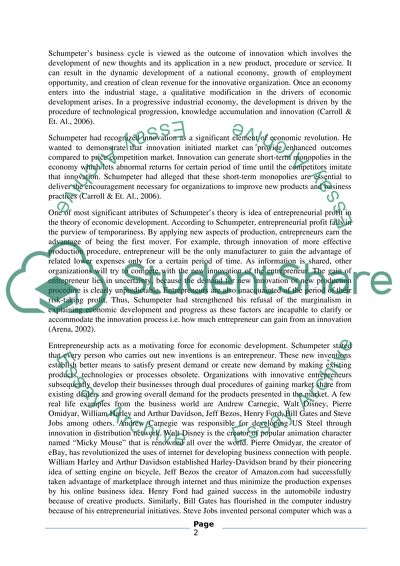Cite this document
(An Introduction to Economics with Emphasis on Innovation Term Paper, n.d.)
An Introduction to Economics with Emphasis on Innovation Term Paper. Retrieved from https://studentshare.org/macro-microeconomics/1437898-discuss-the-relationship-between-entrepreneurship
An Introduction to Economics with Emphasis on Innovation Term Paper. Retrieved from https://studentshare.org/macro-microeconomics/1437898-discuss-the-relationship-between-entrepreneurship
(An Introduction to Economics With Emphasis on Innovation Term Paper)
An Introduction to Economics With Emphasis on Innovation Term Paper. https://studentshare.org/macro-microeconomics/1437898-discuss-the-relationship-between-entrepreneurship.
An Introduction to Economics With Emphasis on Innovation Term Paper. https://studentshare.org/macro-microeconomics/1437898-discuss-the-relationship-between-entrepreneurship.
“An Introduction to Economics With Emphasis on Innovation Term Paper”, n.d. https://studentshare.org/macro-microeconomics/1437898-discuss-the-relationship-between-entrepreneurship.


